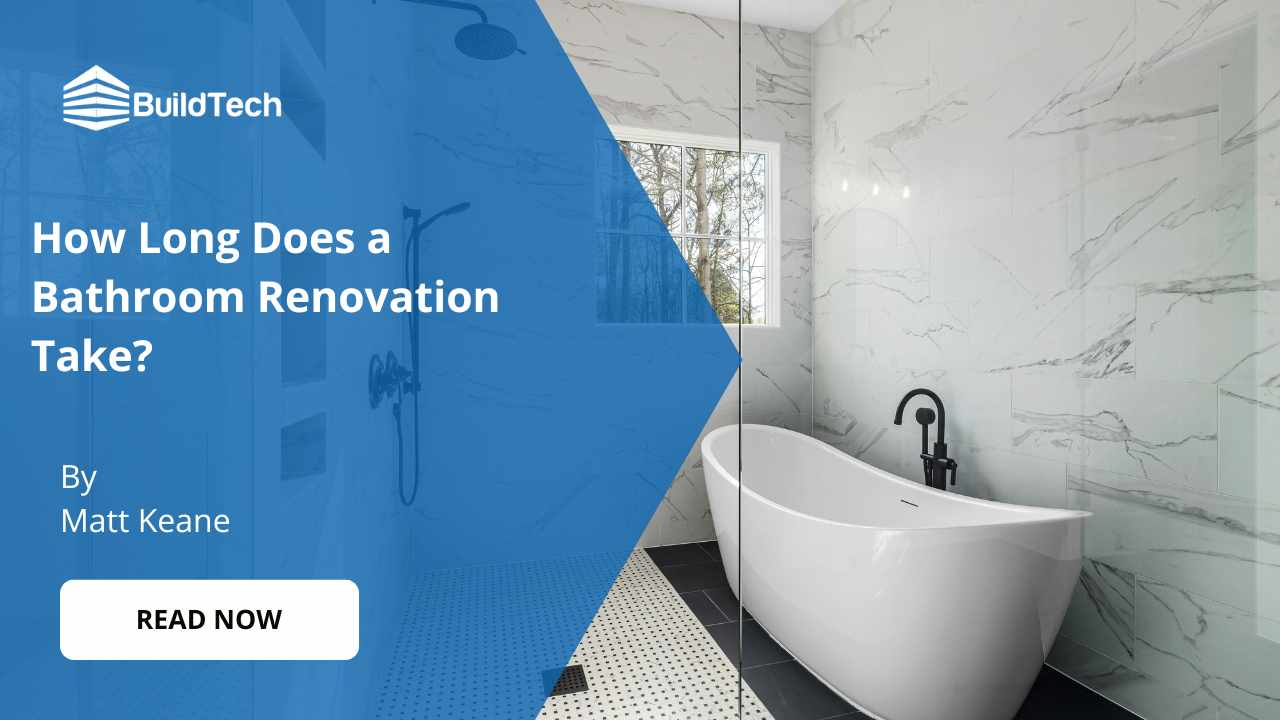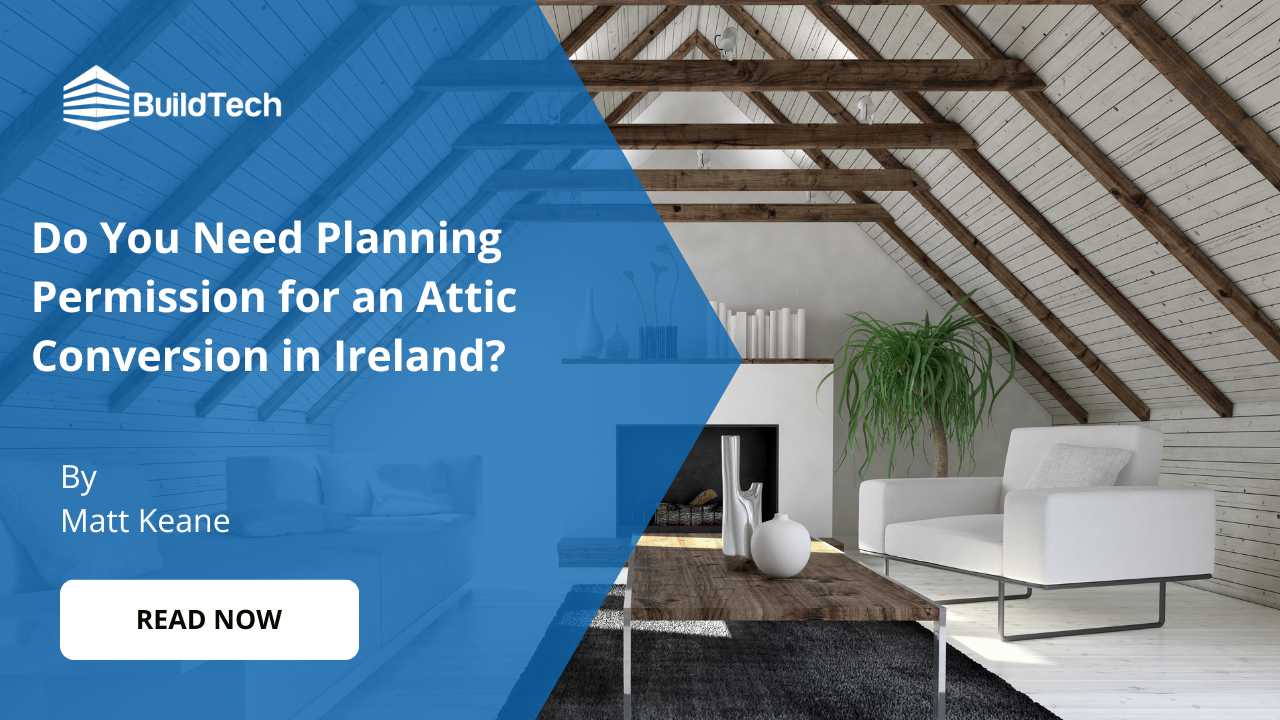Understanding the distinction between retrofit and deep retrofit is crucial for homeowners and builders aiming to enhance a property's energy efficiency. A retrofit involves smaller-scale improvements like adding insulation or upgrading heating systems to improve comfort and reduce energy usage.
On the other hand, a deep retrofit represents a more comprehensive overhaul, including replacing windows and installing advanced heating systems for maximal energy efficiency.
Furthermore, this guide will clarify the differences between these two approaches, aiding in your decision-making process. Whether your focus is your budget, the current condition of your property, or the level of energy savings you wish to achieve, understanding the scope and impact of both retrofit and deep retrofit is essential.
This blog will help you determine which method aligns best with your needs for creating a more energy-efficient and comfortable home.
So, without any further ado, let’s get into it!
Key Takeaways
- Retrofit refers to small-scale changes made to an existing building, while deep retrofit involves a comprehensive renovation for significant energy performance improvement.
- Shallow retrofits include tasks like adding draft stoppers and changing lights to LEDs, while deep retrofits involve measures like insulation upgrades and the installation of energy-efficient heating systems.
- Deep retrofitting aims for an A-rated Building Energy Rating (BER) by improving overall energy efficiency, comfort, and carbon emissions.
- Grants from the Sustainable Energy Authority of Ireland (SEAI) are available to help offset the costs of deep retrofits.
Understanding Retrofit and Deep Retrofit
Retrofit refers to small-scale alterations made to an existing building to improve its energy efficiency, while deep retrofit involves a comprehensive and in-depth renovation that results in significant energy performance improvements.
Definition of Retrofit
Retrofit means making changes to an existing house. This is done to make it better. A retrofit can be small or big. Small changes include putting up draft stoppers and changing lights to LEDs.
So, these tasks can be done one at a time, over a while. These are also known as shallow retrofits. A retrofit helps save energy, which can lower the cost of bills at home.
Definition of Deep Retrofit
A deep retrofit is a comprehensive energy upgrade for your home that involves making multiple energy-saving improvements all at once. The goal of a deep retrofit is to achieve an A-rating Building Energy Rating (BER) by improving the overall energy efficiency and comfort of your home.
It's like giving your house a full makeover to make it more sustainable and cost-effective in terms of energy consumption. Deep retrofits involve measures such as upgrading insulation, installing energy-efficient heating systems, and improving air tightness.
So, these upgrades can significantly reduce your energy bills and carbon emissions while also making your home more comfortable to live in. If you're planning on retrofitting your home for deep energy efficiency, you may be eligible for grants from the Sustainable Energy Authority of Ireland (SEAI) to help offset the costs.
Key Differences Between Retrofit and Deep Retrofit
Retrofit involves small-scale alterations to improve energy efficiency, while deep retrofit is a once-in-a-generation change that significantly enhances the overall energy performance of a building.
Scale of Alterations
A key difference between retrofit and deep retrofit is the scale of the alterations involved. In a shallow retrofit, small improvements are made to different parts of a house over time.
Examples include insulating hot water tanks and pipes, installing draft excluders, and upgrading lighting to LED. On the other hand, a deep retrofit involves carrying out multiple energy upgrades all at once in order to achieve an A-rating Building Energy Rating (BER).
So, this means making comprehensive changes to improve the energy efficiency and comfort of a home. Deep retrofits require a whole-house approach and aim for significant energy consumption reduction and carbon emission reduction.
Energy Saving Measures
To achieve energy efficiency in your home, it's important to implement effective energy-saving measures. These measures can help reduce your energy consumption and lower your carbon footprint.
One key measure is upgrading insulation in areas like walls, roofs, and floors. This helps to prevent heat loss and keep your home warm during the winter months.
Another important step is installing energy-efficient heating systems, such as condensing boilers or heat pumps. These systems use less energy to provide the same level of warmth and comfort.
Additionally, improving air tightness by sealing gaps around windows, doors, and other openings can help prevent drafts and reduce heat loss.
Upgrading lighting to LED bulbs is another simple yet effective energy-saving measure. LED bulbs are more efficient than traditional incandescent bulbs, consuming less electricity while providing the same amount of light.
It's also worth considering smart thermostats that allow you to control your heating remotely and optimise its usage based on your schedule.
Overall Energy Efficiency
Deep retrofitting offers significant improvements in overall energy efficiency for homes in Ireland. By carrying out multiple energy upgrades all at once, homeowners can achieve an A-rating Building Energy Rating (BER), resulting in reduced energy consumption and carbon emissions.
Deep retrofits involve a whole-house approach to energy upgrades, addressing insulation, heating systems, and air tightness. These comprehensive measures not only improve the comfort of a home but also contribute to sustainability efforts and help reduce energy bills.
So, the Sustainable Energy Authority of Ireland (SEAI) provides grants of up to €25,000 to offset the cost of deep retrofits, making it an attractive option for homeowners seeking long-term energy efficiency benefits.
Benefits and Considerations of Retrofit and Deep Retrofit
- Cost: Retrofitting a home is generally less expensive than deep retrofitting, as it involves smaller-scale alterations and energy-saving measures.
- Time Frame: Retrofitting can often be completed in a shorter time frame compared to deep retrofitting, which may require more extensive renovations and upgrades.
- Grants and Funding: Homeowners may be eligible for grants and funding from organisations like the SEAI (Sustainable Energy Authority of Ireland) for both retrofit and deep retrofit projects.
- Comfort and Energy Performance: Both types of retrofits can significantly improve the comfort and energy performance of a home, leading to reduced energy bills and increased sustainability.
Cost
Deep retrofitting a home for energy efficiency can be a significant investment, but it offers long-term benefits. While the cost of deep retrofitting varies depending on factors such as the size and condition of the house, grants from the Sustainable Energy Authority of Ireland (SEAI) are available to help offset these costs.
Homeowners can receive up to €25,000 in grants towards their deep retrofit project. It's important to consider that, while there may be upfront costs involved, deep retrofits can lead to substantial energy savings over time and contribute to a more sustainable future.
Time Frame
Deep retrofits, being a comprehensive and extensive process, require a longer time frame compared to shallow retrofits. Since deep retrofits involve multiple energy upgrades carried out all at once, it may take several weeks or even months to complete the entire process.
The duration of the project will depend on the size and complexity of your home as well as the specific energy efficiency measures being implemented. It's important to understand that achieving an A-rating Building Energy Rating (BER) through deep retrofitting is not a quick fix but rather a once-in-a-generation change that requires careful planning and coordination.
However, the long-term benefits in terms of energy savings, improved comfort, and reduced carbon emissions make it a worthwhile investment for Irish homeowners seeking sustainable housing solutions.
Grants and Funding
The Sustainable Energy Authority of Ireland (SEAI) provides grants to help homeowners with the cost of deep retrofits. These grants can cover up to €25,000, which is a significant amount towards the overall cost.
So, by taking advantage of these grants, homeowners can offset some of the expenses and make deep retrofitting more affordable. This funding opportunity makes it easier for Irish homeowners to invest in energy upgrades and improve their homes' energy efficiency.
It's an excellent incentive for those looking to reduce their energy bills and contribute to sustainability efforts in Ireland.
Conclusion
In conclusion, the key difference between retrofit and deep retrofit in Ireland lies in the scale of alterations and overall energy efficiency. While a shallow retrofit involves small improvements over time, a deep retrofit aims to achieve an A-rating BER by carrying out multiple energy upgrades at once.
Deep retrofits require careful planning and coordination but can significantly reduce energy consumption and carbon emissions.
With grants available from SEAI, more homeowners are opting for deep retrofits to make their homes more energy-efficient and sustainable. Transform your home today with BuildTech!


















